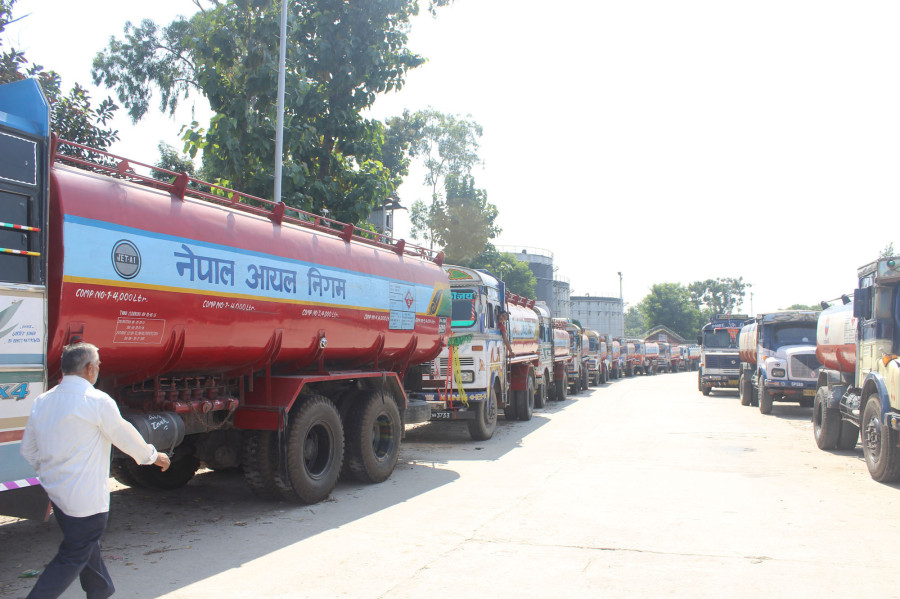Money
Indian experts conduct survey for second oil pipeline in Jhapa
The proposed 50-kilometre pipeline will extend from the Charali depot to Siliguri in West Bengal.
Parbat Portel
The government has begun the process to establish another pipeline in Jhapa, buoyed by South Asia's first cross-border pipeline in Amlekhgunj through which oil started flowing from India last September.
A team from Indian Oil Corporation, which built the Amlekhgunj pipeline as a gift, has conducted a survey for the proposed pipeline connecting Nepal Oil Corporation's depot at Charali, Jhapa with Siliguri, which lies across the eastern border in West Bengal, India.
According to Bipin Kumar Shrestha, chief of Nepal Oil Corporation's Jhapa depot, the Indian team made the field study on February 12.
Experts carried out the survey in Batasi in northern West Bengal, about 3 kilometres from the India-Bangladesh border and Jyamirgadi in Jhapa. “The survey team also studied three rivers—Mechi, Ninda and Hadiya—on the east-west highway,” he said.
The team will submit its survey report to Indian Oil Corporation, and after that a financial assessment of the project will be prepared. The distance between the Indian Oil Corporation depot in Siliguri and the Nepal Oil Corporation depot in Charali is 50 kilometres. “This distance can be reduced,” Shrestha said, quoting the survey team.
Nepal Oil Corporation had last month requested the Indian government to study the possibility of building another cross-border pipeline during a meeting of the Nepal-India Petroleum and Gas Joint Working Group in New Delhi, India.
According to Birendra Goit, spokesperson for Nepal Oil Corporation, the agenda has been discussed at a commerce secretary-level meeting between Nepal and India too. “The pipeline will provide a number of benefits that will reduce the supply cost.”
According to Nepal Oil Corporation officials, the transportation of gasoline through the pipeline is expected to slash Nepal’s fuel import cost immensely. It can also significantly reduce leakage and wastage. With reduced use of tankers to carry fuel, there will also be a significant benefit to the environment.
The 69-kilometre Amlekhgunj pipeline brings fuel from India’s Barauni refinery in Bihar to Nepal. Of the pipeline's 69-kilometre length, a 36-kilometre section lies on the Nepali side of the border and the rest on the Indian side.
The 10-inch diameter pipeline has a capacity to transport 2 million tonnes of oil per annum. Petroleum supplies from Indian Oil Corporation to Nepal Oil Corporation started in 1974.
According to Nepal Oil Corporation, it has been able to save Rs2 billion annually in freight charges and avoid the vagaries of transportation via tanker truck at the Birgunj border point after it started getting fuel through the pipeline. It currently takes at least 14 hours to ferry gasoline from Patna to Amlekhgunj.




 15.12°C Kathmandu
15.12°C Kathmandu















